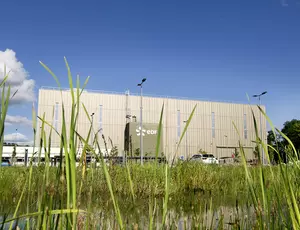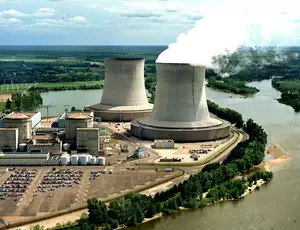A societal responsibility for EDF
EDF is tasked with decommissioning its nuclear power plants and is liable for all technical, financial and regulatory aspects. EDF Group has 1,000 staff working on operations to dismantle nuclear power plants and manage radioactive waste. Decommissioning work can only begin once ministerial permission has been granted, after examination and approval by the Nuclear Safety Authority and a public enquiry among local stakeholders.
In France, nine reactors using four different technologies are currently in the process of decommissioning
Brennilis (heavy water reactor)
Bugey 1, Chinon A1, A2 et A3, Saint-Laurent, A1 et A2 (natural uranium-graphite-gas)
Chooz A, (pressurized water)
Creys-Malville, (fast-breeder)
Decommissioning these reactors requires the development of innovative technical solutions in combination with unique intervention processes (digital simulations, remote-handling solutions, etc.).
EDF uses a three-stage process for every decommissioning project:
● Stage 1 consists of removing the fuel and draining all the circuits before shutting down the plant for good, once ministerial permission for permanent shutdown is obtained, and then beginning the process of dismantling the
non-radioactive installations. 99.9% of all radioactivity present on site is eliminated at this stage.
● Stage 2, after ministerial permission is obtained, consists of dismantling all equipment and buildings, with the exception of the reactor building, and preparing all waste for transporting to suitable storage centers.
● Stage 3 consists of dismantling the reactor vessel, demolishing the remaining buildings and decontaminating the ground.
An environmental responsibility for Veolia
Decontaminating and dismantling graphite reactors is key to a central challenge facing our societies: how to deal with end-of-life nuclear reactors. In choosing to expand its nuclear clean-up services, Veolia underlines its position as a pioneer in the treatment of the most difficult forms of pollution, reflecting its strategy to “Resource the world.”
This is why Veolia invests so heavily in research and development, meaning that can assist governments and nuclear operators with their strategies for the decontamination and dismantlement of their facilities. Veolia runs frequent engineering studies to develop innovative solutions and approaches that can be applied to different types of reactors, structures or forms of waste. Backed by its long track record in management of waste, water and energy, Veolia is meeting the needs of an emerging, high added-value market.






